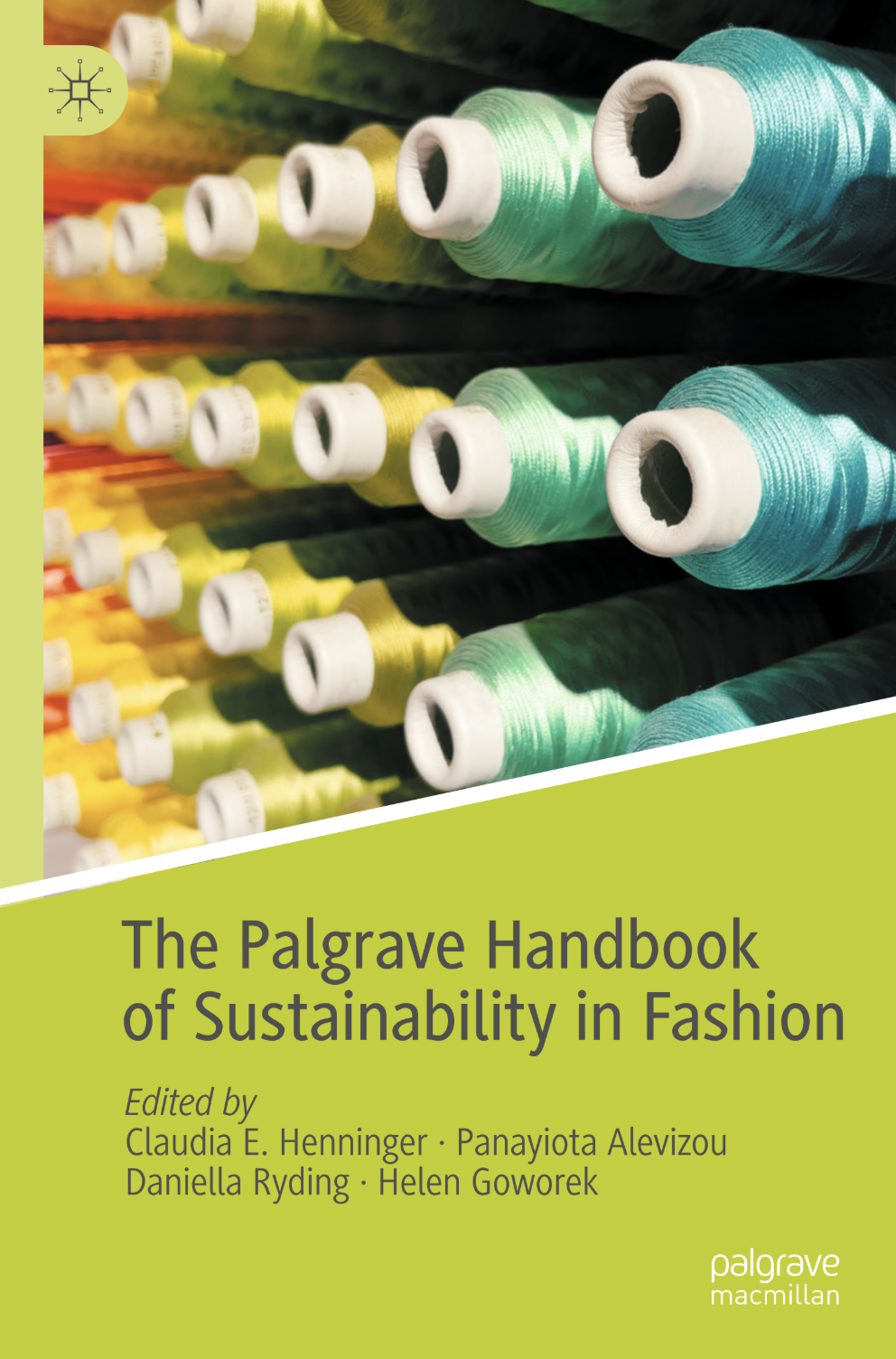New report summarizing knowledge on the environmental challenges associated with textile waste.
The report, written by Kirsi Laitala, discusses the significant environmental challenges posed by textile waste and provides a knowledge base for the Norwegian learning platform What Now? The Change Lab, aimed at educating children and youth about sustainability. It highlights the increasing textile production and the corresponding rise in textile waste, with approximately 92 million tonnes discarded globally each year. The document emphasizes the environmental consequences of this waste, including pollution, resource depletion, and impacts on climate change. Additionally, the report outlines the need for improved regulations, new business practices, and consumer behaviour changes to mitigate these challenges, encouraging educational initiatives like the Change Lab to inspire sustainable choices among younger generations.
During the project period with the Research Council, two exhibitions will be set up: one in Kongsvinger in March and one in Arendal in April 2026. Read more about the Change Lab here: https://endringslaben.no/.

